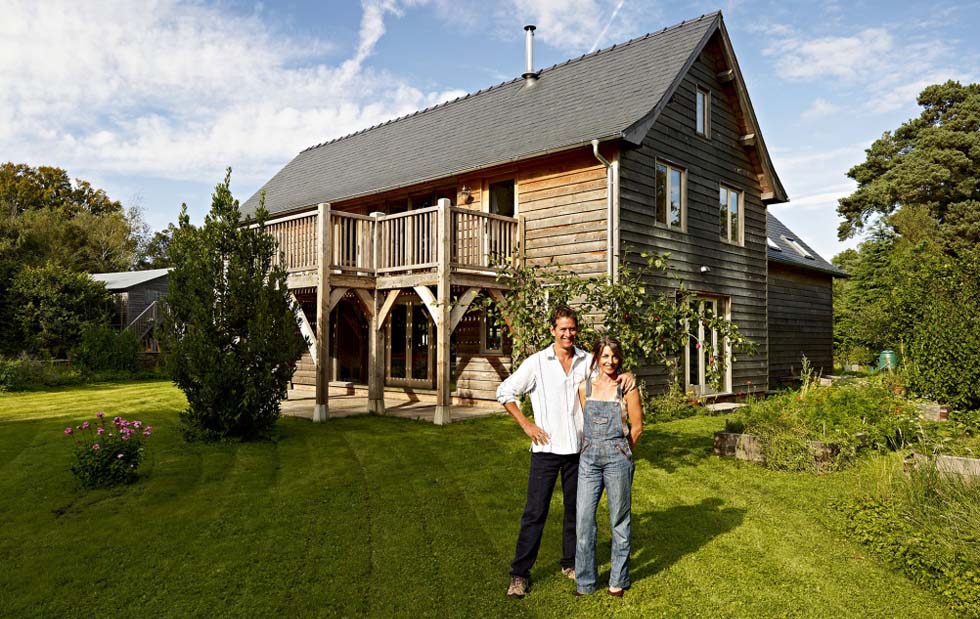Self Build Routes: DIY
Doing it all (or as much as possible) yourself, is a way to make big savings on your self build. It also means you know your home inside and out, and have the pride of having built a house

Clearly this is the most hands-on build route — and also the cheapest. But it’s not a task to be taken lightly. You may need to combine the physically demanding tasks of groundworks, bricklaying and roofing with skilled tasks such as plumbing and plastering.
There is, of course, nothing to stop you mixing your own labour with bought-in labour where required; bear in mind that your own lack of experience might mean that you are likely to be slower than those around you and you’ll need to ensure that you’re not holding up the build process.
You’ll also be responsible for interpreting design drawings, ordering materials (and, therefore, having a good grasp of quantities), liaising with warranty and building inspectors, taking deliveries and organising the day-to-day running of the site.
Your Input
In theory there’s nothing to stop you from building the entire house yourself (though you may need to undertake training for certain jobs). It is the only way of self-building on a shoestring budget.
The DIY route is certainly not for the faint of heart. Not only do you need to be physically capable of lifting and fixing, but a strong will is also essential to push you through the tough times and bad weather. Remember that the harder something is, the more satisfaction you will have at the end, when you can stand back and say “I built that”.
Cost and Cash-flow Implications
DIY is the only way to build individual houses for incredibly tiny sums of money. Cash-flow implications are much easier to manage than with the other routes, as the only outgoings are for materials, for which you should arrange credit terms. You’ll need to factor in the lost earnings you’ll miss out on — particularly if you’re giving up work for a couple of years to take on this role.
Pros
- Massive cost savings
- Complete control over the project and no worries about finding labour
- Huge sense of achievement and knowledge of every detail of your finished house
Cons
- Factor in the lost earnings you’re sacrificing
- Progress will be a lot slower than with professionals
- The quality of work produced might not be to professional standard
- Warranty and building inspectors are very likely to be a lot more stringent in their checks
The DIY route is ideally suited to:
Either people who have been around the building industry and are willing to give up their time, or retirees who have a practical mind and can view the project as a hobby.
- Only take on what you are physically and technically capable of. If you are unsure how to do something, don’t feel like you are failing by asking for help
- Always work within the parameters of the law. You must use qualified electricians and new builds must meet current building regulations
- Work to your strengths. If you are creative, get involved in the design. If you are a great leader, take on the project management. You don’t necessarily have to get your hands dirty to save money and feel like you have really contributed to your build
- Make sure you have sufficient time to do the work yourself. Being busy and putting things off can lead to weather damage if you have not reached the stage of a weathertight shell. This could lead to expensive repairs and more setbacks
- Let the professional fitters who supply expensive goods (such as windows) fit them. They know any special techniques particular to their products and it saves you the risk of damaging things
Bring your dream home to life with expert advice, how to guides and design inspiration. Sign up for our newsletter and get two free tickets to a Homebuilding & Renovating Show near you.

